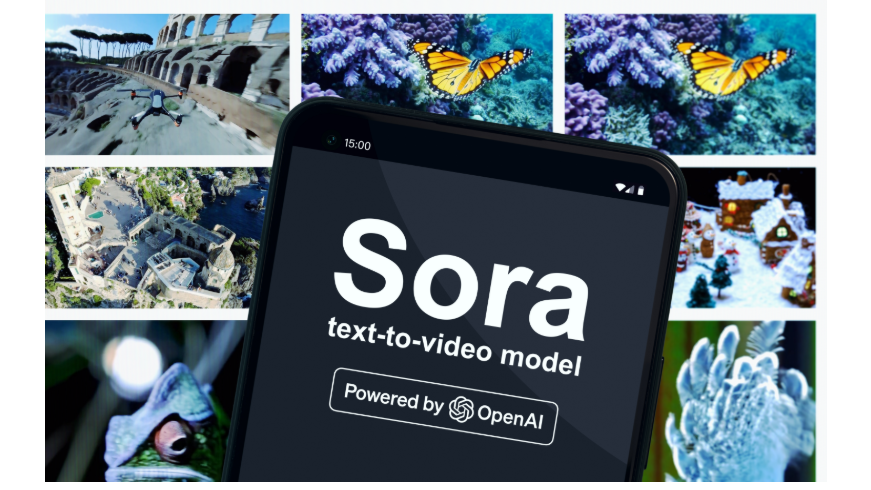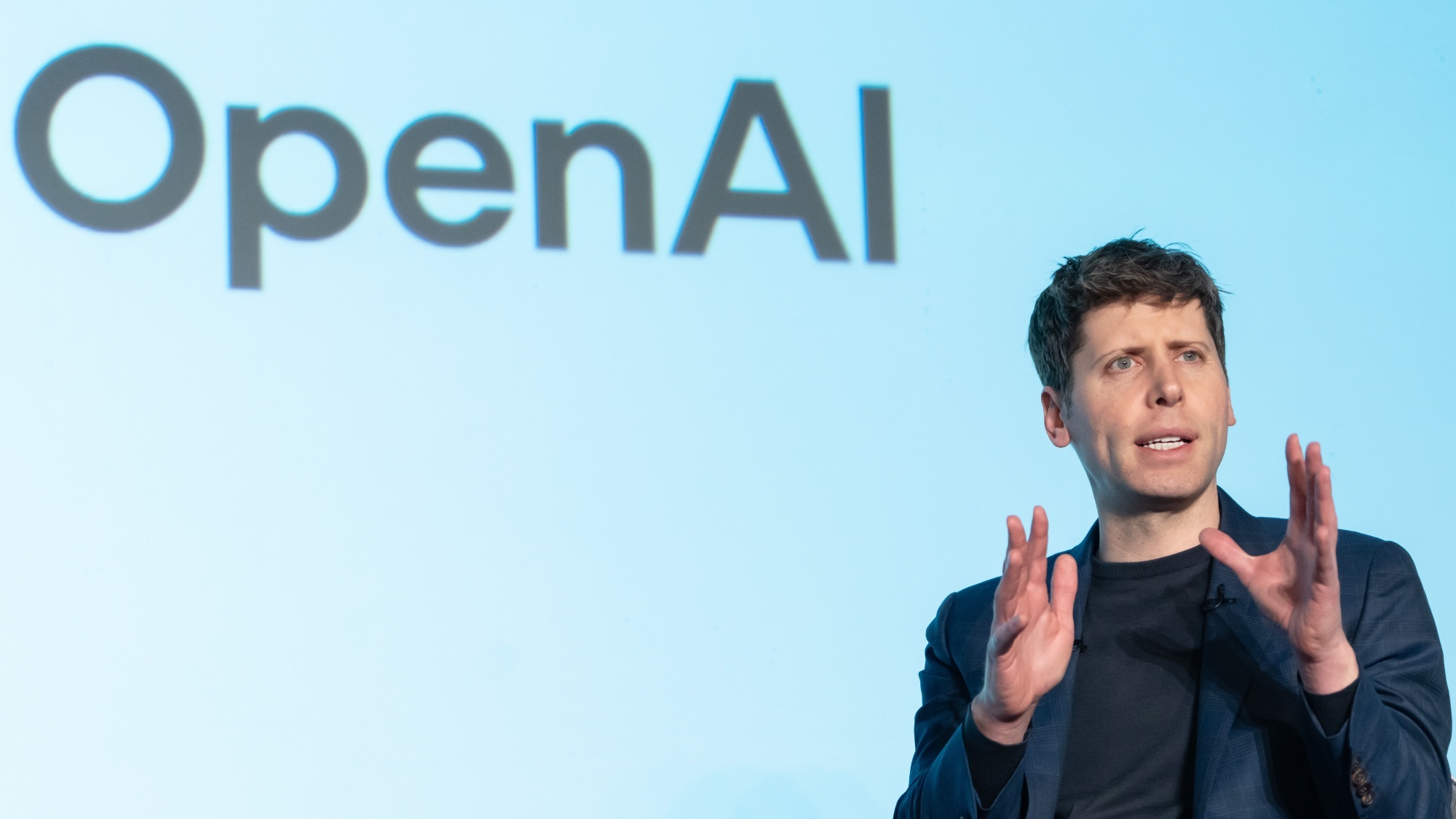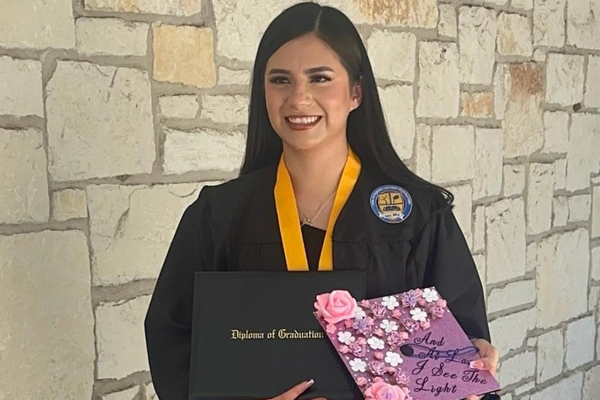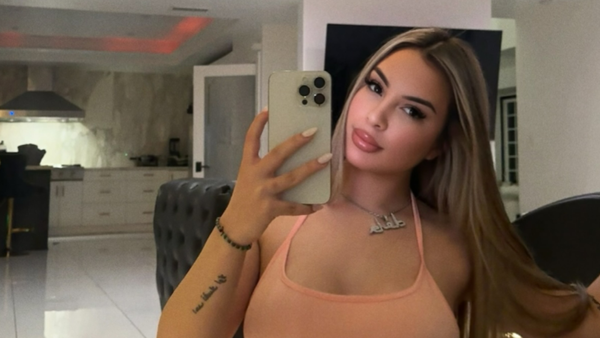
Sora 2 has quickly become the biggest AI video generator in the world. But to get there, OpenAI made a controversial choice, allowing users to make videos of real people and in the style of real creators' work.
This is a decision that OpenAI is now looking to rollback, or at least change slightly — allowing creators to opt out of their work being used.
“We have been learning quickly from how people are using Sora and taking feedback from users, rightsholders, and other interested groups. We of course spent a lot of time discussing this before launch, but now that we have a product out we can do more than just theorize,” Sam Altman, CEO of OpenAI, stated on his personal blog.
“First, we will give rightsholders more granular control over generation of characters, similar to the opt-in model for likeness but with additional controls. We are hearing from a lot of rightsholders who are very excited for this new kind of "interactive fan fiction" and think this new kind of engagement will accrue a lot of value to them, but want the ability to specify how their characters can be used (including not at all).”

Altman goes on to say that OpenAI hopes that most people will want their work interacted with via Sora, but wants the option to be there for everyone. However, he does warn that this safeguarding isn’t 100% accurate.
“There may be some edge cases of generations that get through that shouldn't, and getting our stack to work well will take some iteration,” Altman stated in the blog.
Altman goes on to explain that they are now looking at ways to make money from Sora 2. People are generating at a higher rate than they expected and it is costing the company.
However, they are going to trial a system where, if artists opt in to their work being used, that some of the shares of profit generated by Sora 2 could go to those artists.
Altman ended the blog post by stating: “Please expect a very high rate of change from us; it reminds me of the early days of ChatGPT. We will make some good decisions and some missteps, but we will take feedback and try to fix the missteps very quickly. We plan to do our iteration on different approaches in Sora, but then apply it consistently across our products.”
What does this mean for Sora 2?
When it comes to AI image and video generation, companies have taken two very separate routes. Some, like Midjourney, xAI, and OpenAI, have leaned into a more open system, allowing users to create work in more styles and, in some cases, recreating real people.
This attracts a much wider audience but is unsurprisingly much more complicated for the company, raising a wealth of safeguarding issues. A few months ago, we saw Midjourney hit by a lawsuit from Disney for copyright infringement, and OpenAI has already had a number of controversial deepfakes flood in on Sora 2.
Allowing users to opt in and out of copyright usage will put Sora 2 somewhere in the middle of these two approaches.
Follow Tom's Guide on Google News and add us as a preferred source to get our up-to-date news, analysis, and reviews in your feeds. Make sure to click the Follow button!







